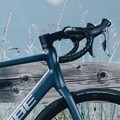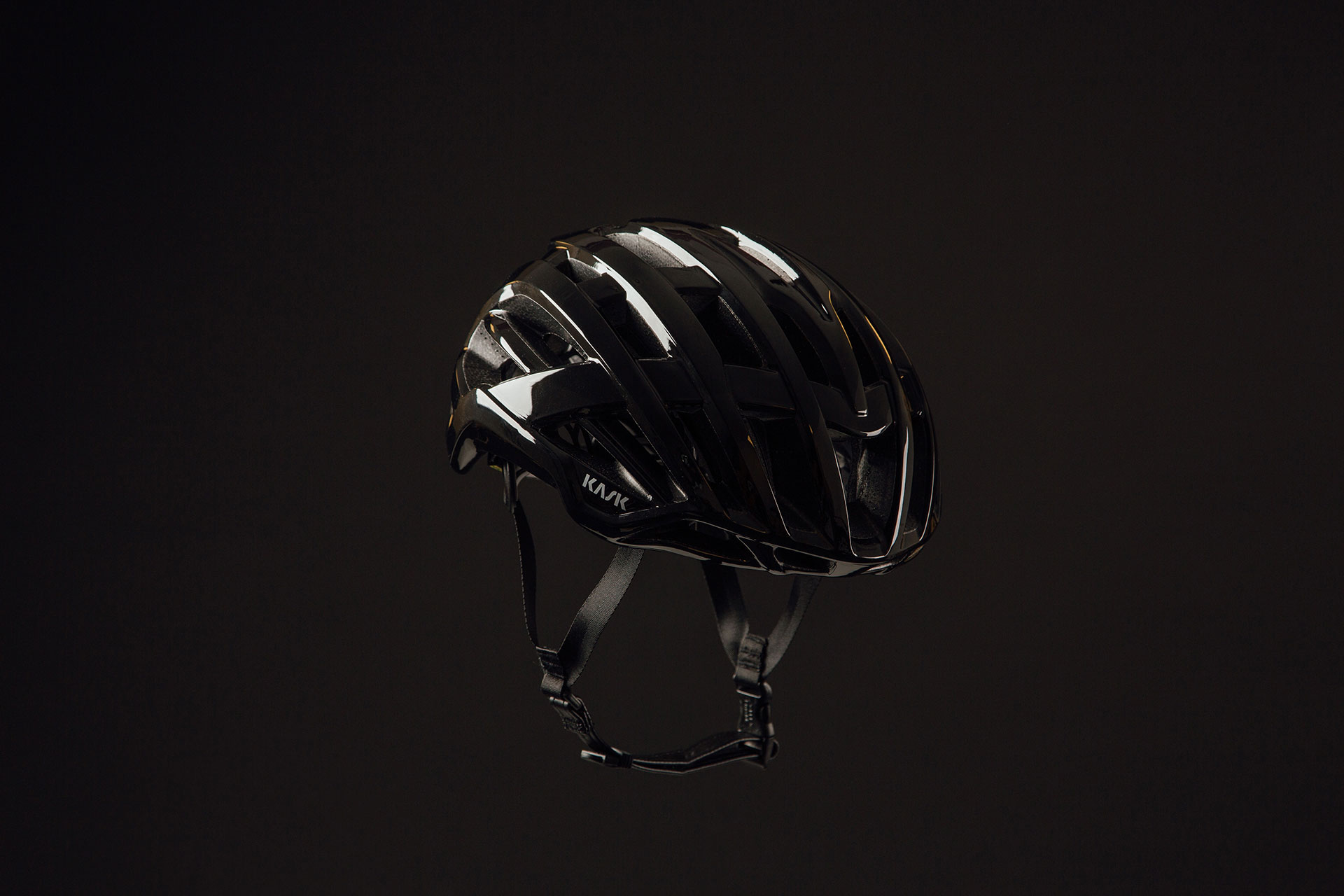


Cycling Helmets Guide
With safety being hugely important on the bike, it is vital to ensure your helmet is up to the task at hand. Modern helmets come with an array of features and safety aspects to ensure they meet the riders' needs. Whether you’re looking for your first road cycling helmet or think it’s time for an upgrade, read our guide below to guarantee you get the best out of your next helmet.
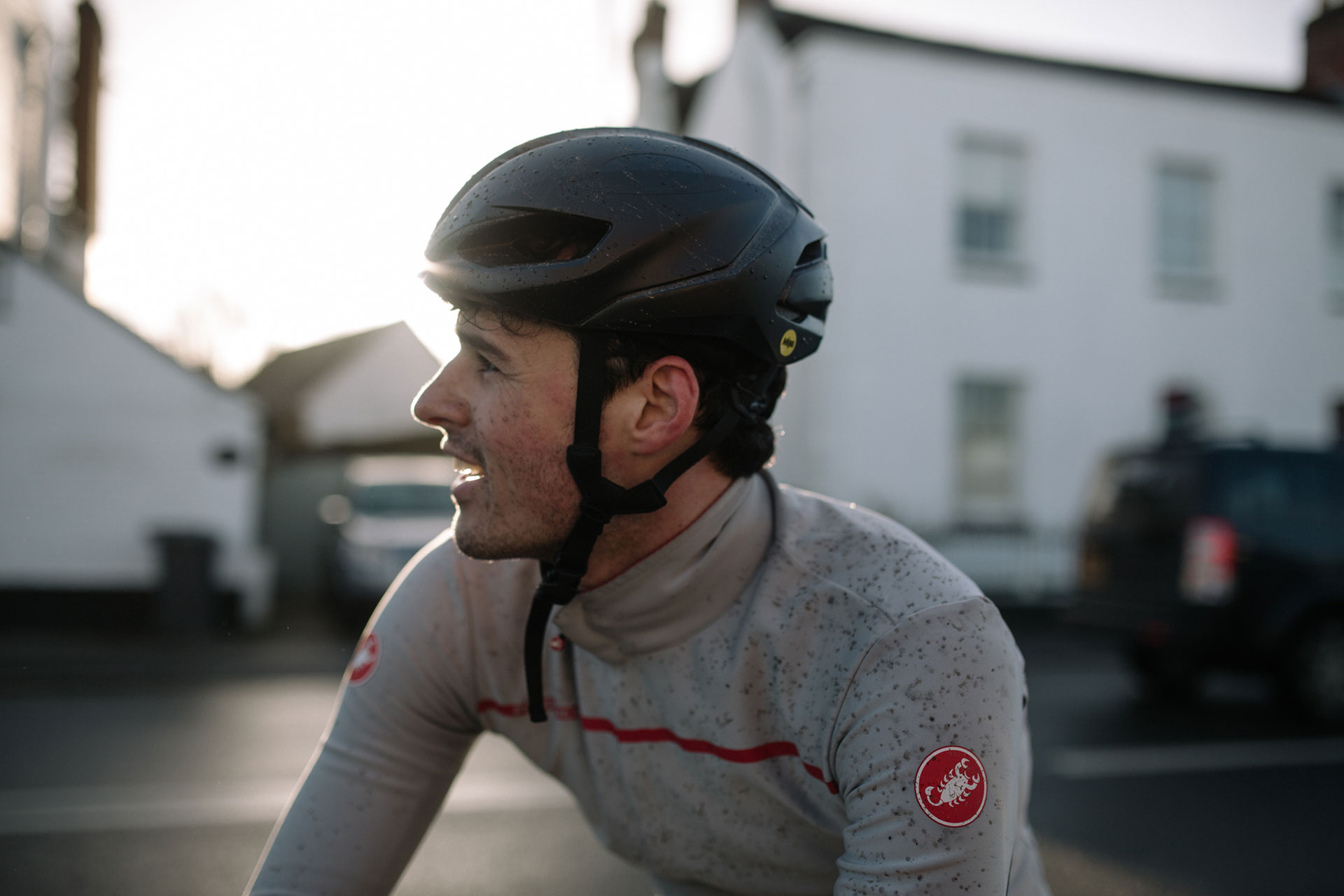
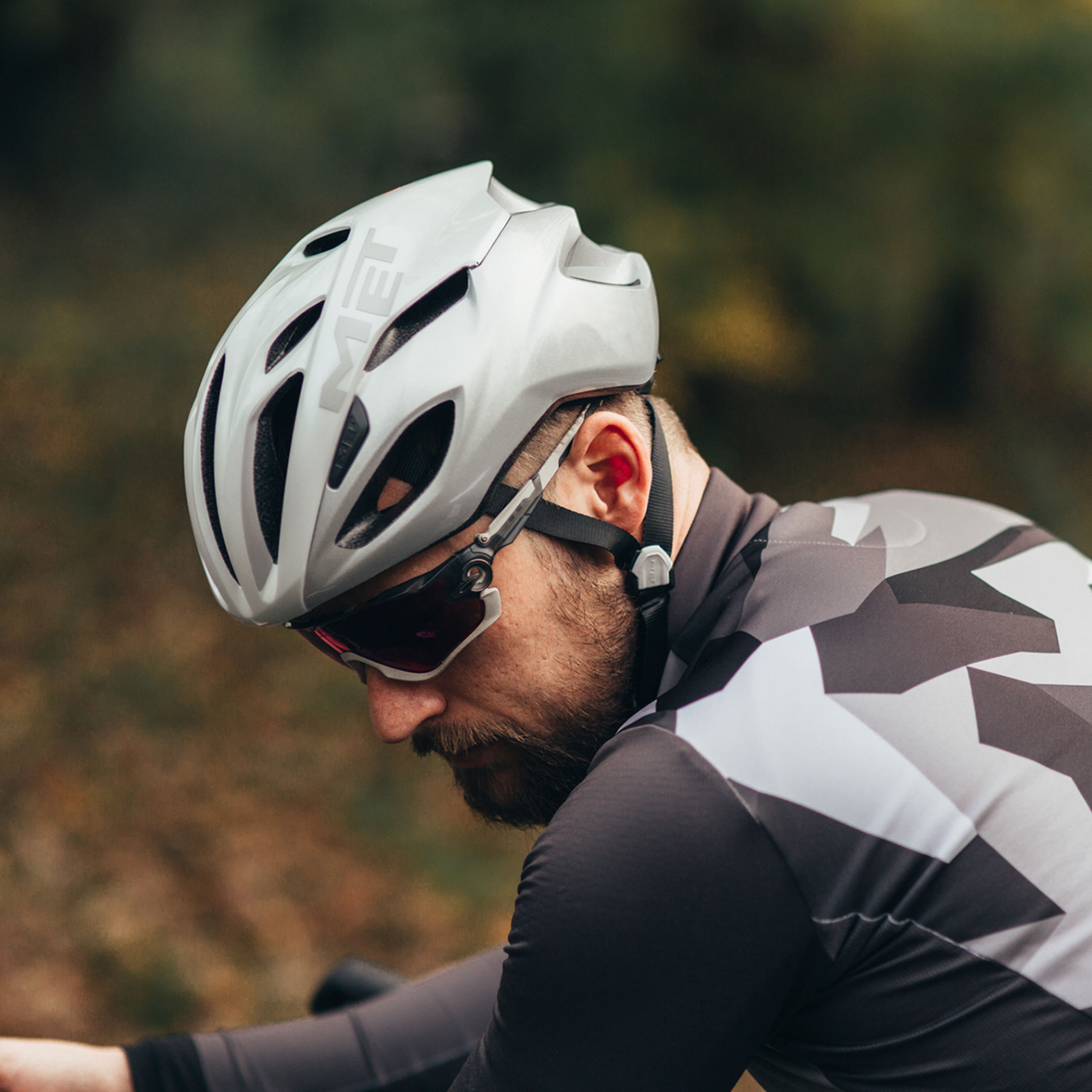
When is it time to replace your helmet?
There are no hard or fast rules regarding the replacement of your helmet, although when it comes to a crash, most riders know to do so after a knock to the head, no matter how small. Sometimes, however, damage can be invisible, and even when you haven't had an accident, it's still best to replace your helmet every three to four years.
If you’ve purchased a new helmet, it’s worth inspecting it internally and externally so it's easier to spot any future defects. You should repeat this regularly throughout its lifetime, looking for cracks, indentations, and any irregularities.

Helmet structure
The basic structure consists of an outer plastic shell, an EPS (expanded polystyrene) foam liner and synthetic padding for enhanced comfort and moisture wicking. EPS is currently the best available material to absorb the energy of an impact and is found in the majority of modern helmets.
Intended to take a single impact, the foam won't return to its original shape post-force and continuing to use it means you won’t have such effective protection the second time around. There’s a linear relationship between the depth of foam and its ability to absorb impact, so if the foam is 20mm thick and is reduced to 18mm under force, that’s a significant 10% reduction in its protective ability.
Damage to this foam can be hidden under the helmet shell and replacing your helmet could make all the difference to the outcome of the crash, be it concussion or something even more serious.
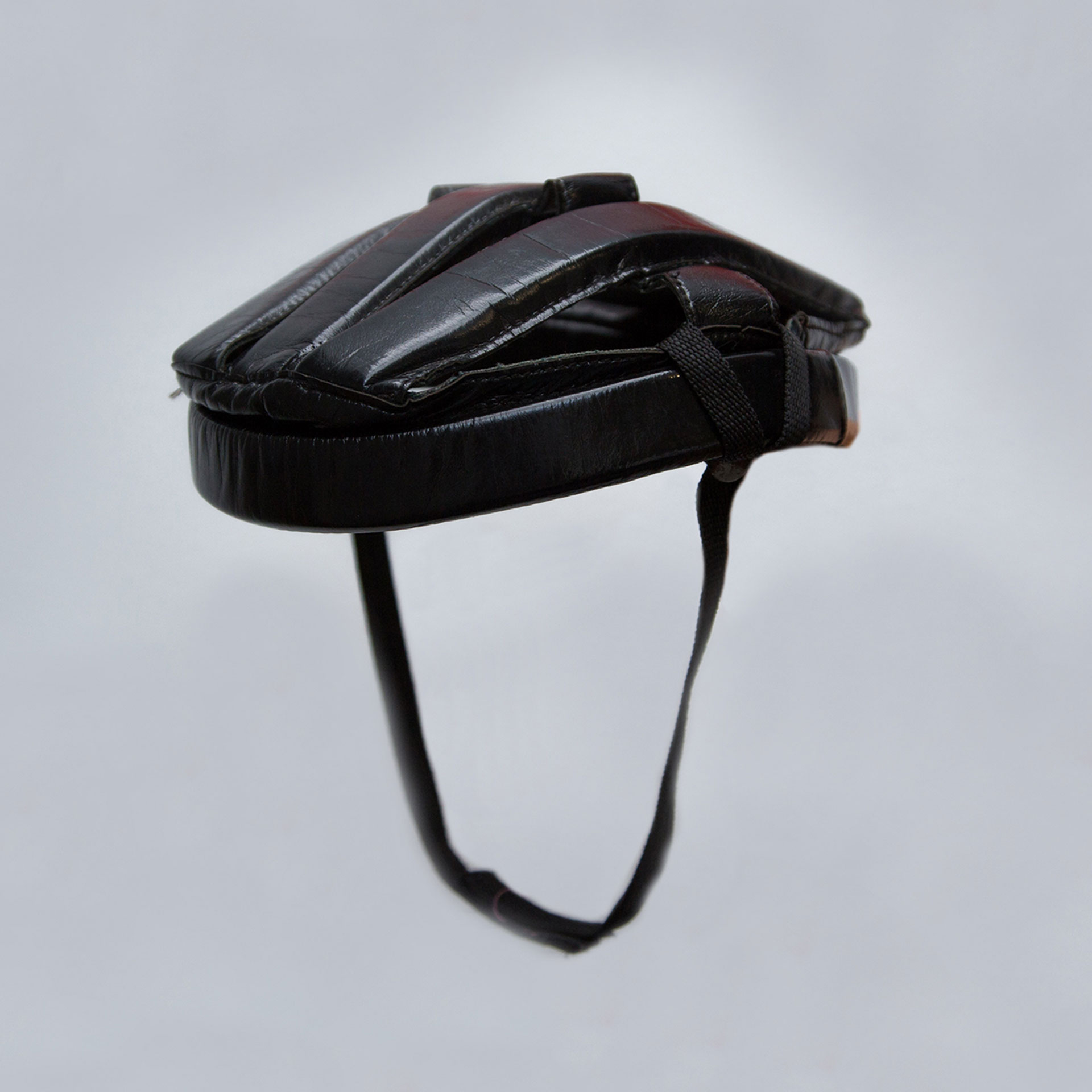
If your helmet has been around since the 70’s or 80’s, it's time to upgrade: Not only is the recommendation to replace your helmet after a few years, materials and safety standards have changed dramatically.
Store your helmet out of direct sunlight and away from extreme heat: UV rays degrade the EPS and make it brittle, and although the outer shell is designed to prevent this, storing your helmet upside down in the sun is a bad idea. The EPS can withstand temperatures up to 50°C and although this may seem high, a hot car can far exceed this.
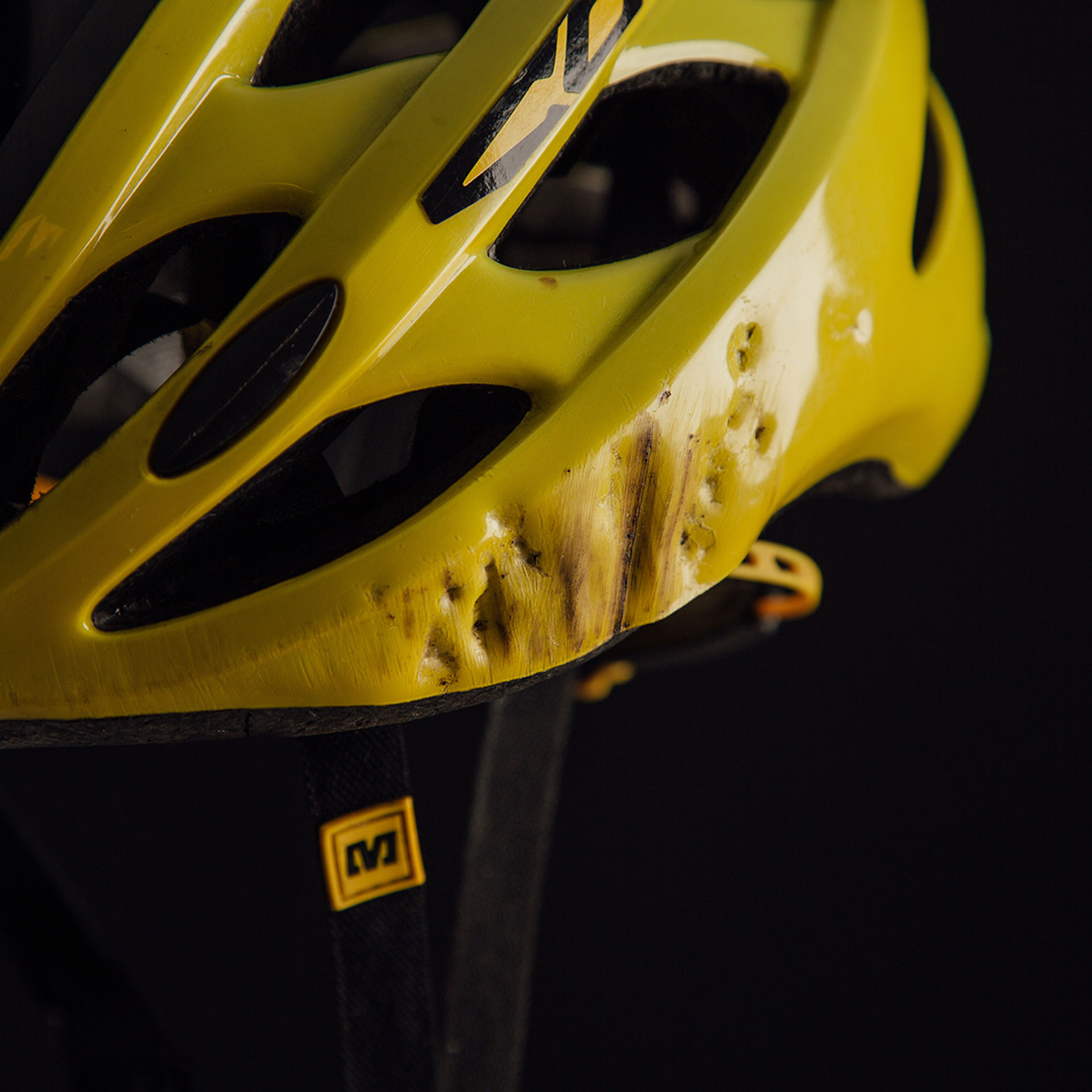
Keep chemicals and solvents away: Be it bike lube, degreasers or sunscreen, they can break down the shell and liner so try and avoid contact.
If you’ve hit your head, replace your helmet: The same goes if you’re unsure if you actually banged your head. Your helmet may look absolutely fine to the naked eye, however, this is not the best way to judge.
Choosing your helmet
There are a huge variety of helmets out there with a variety of price points to match. The great news is, no matter how much you are looking to spend, all will reach or exceed European safety standards so you can focus on a number of other factors when making your decision.
Above and beyond standard protection, MIPS (Multi-directional Impact Protection System) is becoming widely used and is a feature worth considering. It involves the use of a low friction layer between the shell and liner. The aim is to add extra protection in the event of an angled impact, so the helmet slides relative to the head. This technology absorbs and redirects rotational energies and forces so they’re not transferred to the brain. MIPS has been proven to reduce brain injuries, both minor and major.
Some brands have moved onto even newer technology. POC's (Shearing Pads INside) technology, for example, has been created to counter the effects of oblique impacts. The added protection itself is actually produced by the padding, which is injected with silicone, allowing your head to tilt or turn within the helmet on impact.
As safety comes as standard, what other features should you look out for?

Style:
The style of your helmet will be in part dictated by how you wish to use it and what fits. A reduced number of vents will make it warmer in the winter months, and if you’re planning on doing lots of climbing in the hot summer months, you’ll be looking for a top ventilation system. Many riders choose a well-ventilated helmet and pair it with a cap when the temperature drops.
If you’re planning on commuting, you may wish to choose a brighter colour or one that includes reflective elements.
Of course, style is rarely overlooked by road cyclists, so many riders will choose a helmet to complement their bike or kit choices.
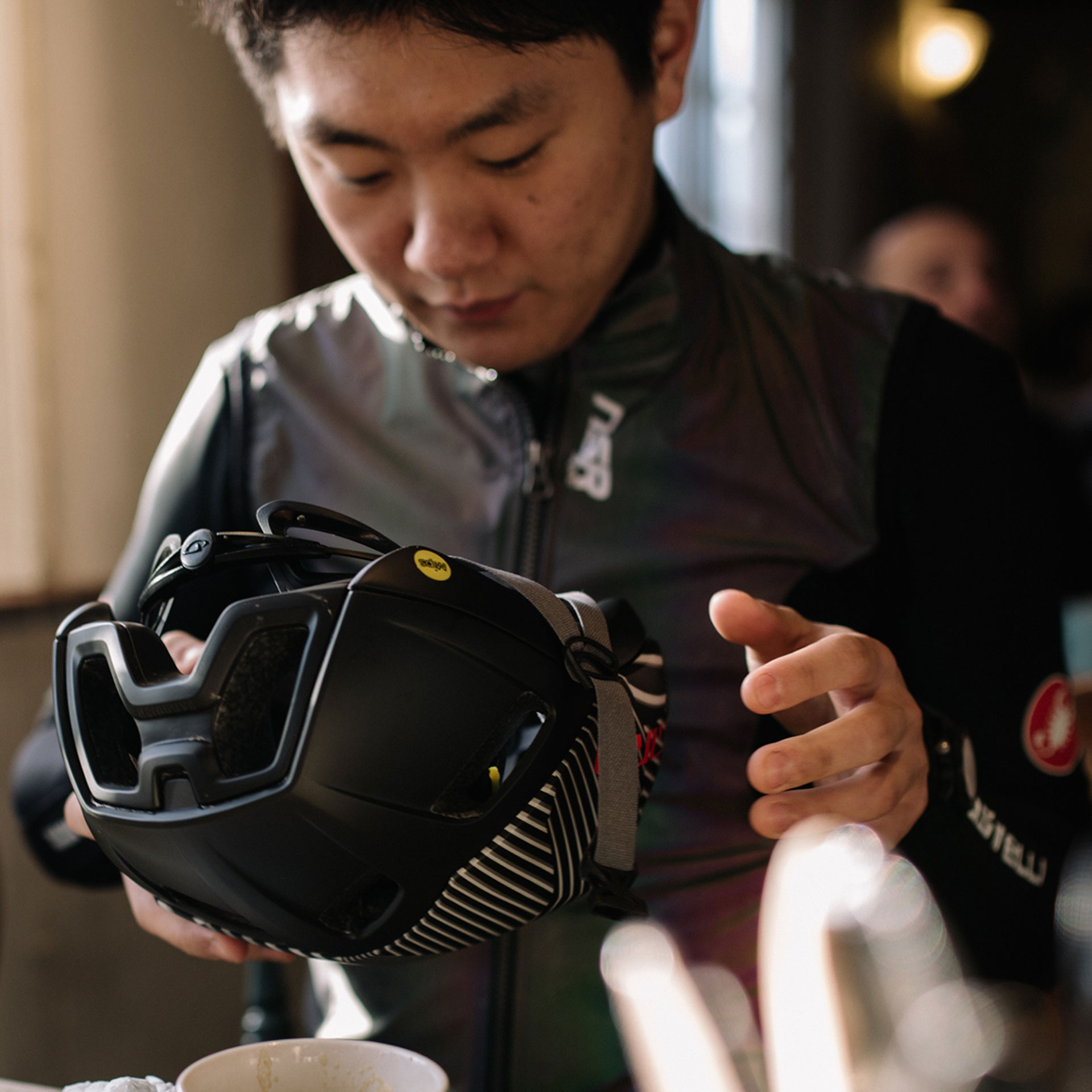
Fit and comfort:
Going hand in hand, generally the more you spend, the better it will fit and the more comfortable it will be. This is very personal and even when the circumference of your head matches the helmet size, you may find some manufacturers offerings just don’t suit your head shape whereas others will fit like a glove. It’s best to try on a range of different brands if you can, and check for a snug, even fit with no tight spots. If the helmet fits well, the internal padding can be minimal, it’s easy to remove and wash, and can be replaced when necessary.
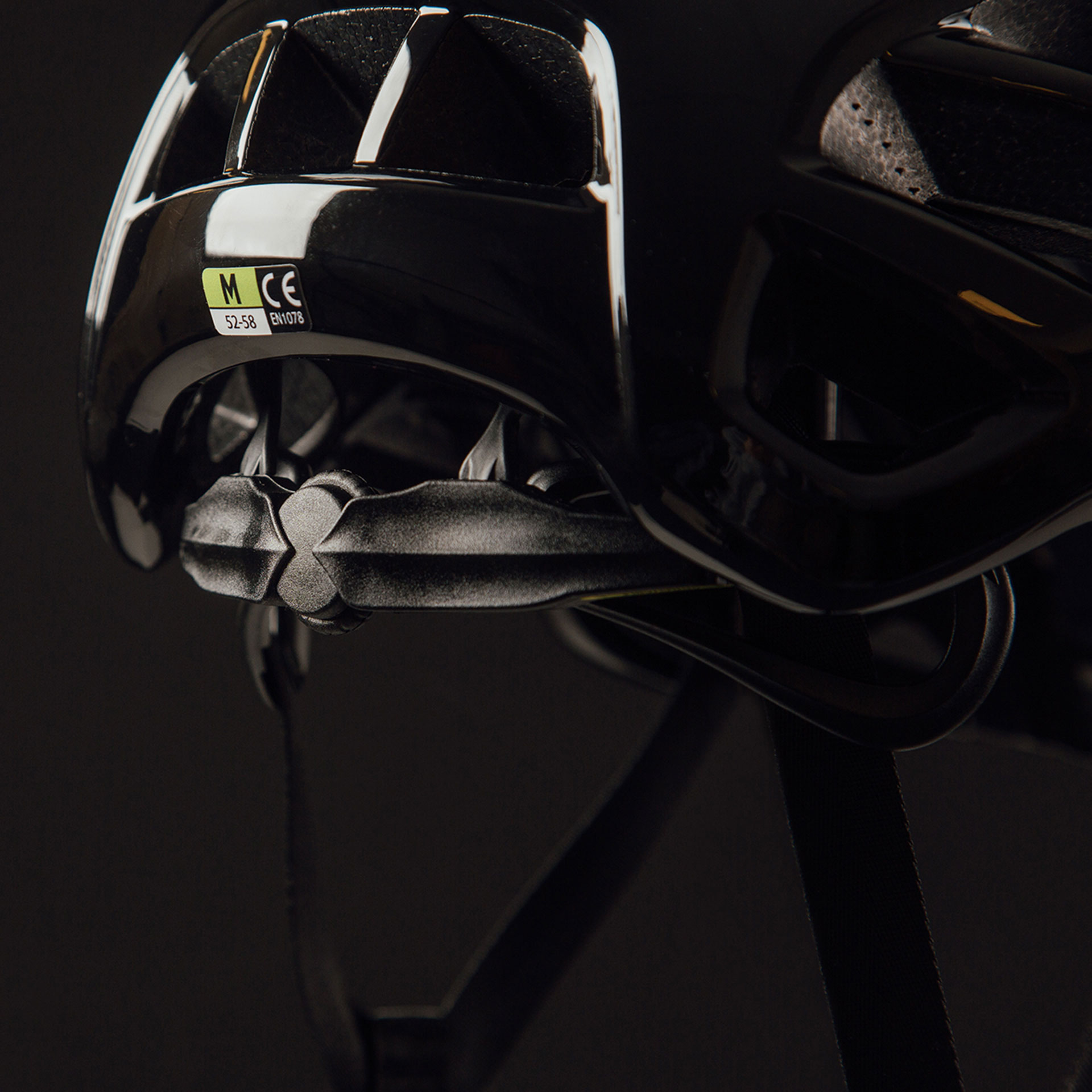
Closure and retention system:
An aspect that has undergone significant improvement over the years, a split strap that secured under the chin has developed into a full retention system, allowing for micro-adjustments and a customised fit. When tightened, usually via a rear ratchet dial, an adjustable system comes together inside the helmet, securing it against your skull. Some work better than others when it comes to being ponytail friendly so it's worth checking this if you have long hair.
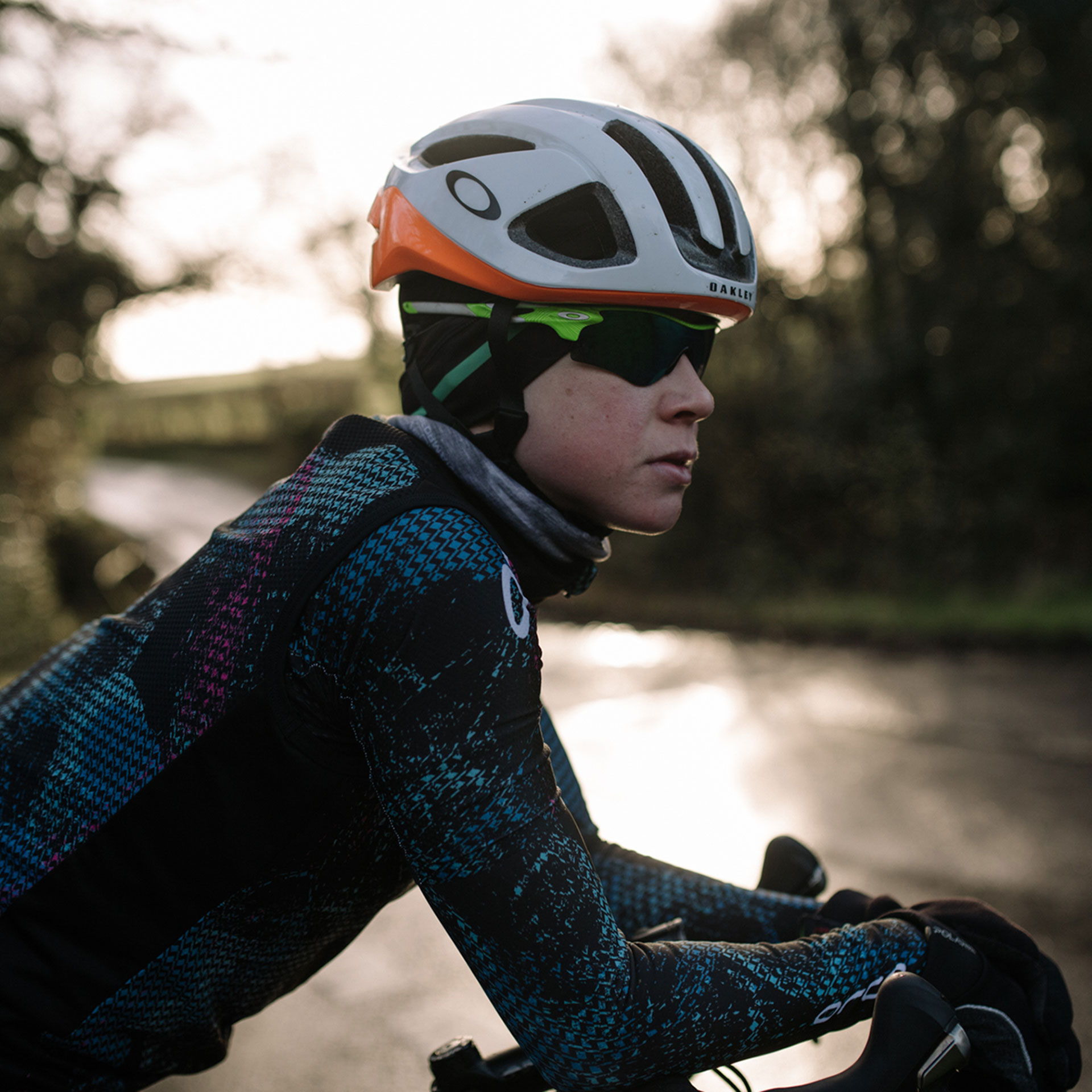
Weight:
If you're looking for the lightest helmet possible, you're going to see that reflected in the price. The reality is the difference in weight between most mid and top range helmets is minimal and won’t make a lot of difference, although a lighter one may feel a little less cumbersome.

Ventilation and aerodynamics:
When it comes to these two factors, it’s best to consider the helmets’ main use. There’s normally a bit of a trade-off here; in general, more vents result in reduced aerodynamics, but if you’re looking for something to suit riding and racing on hot summer days you’ll appreciate the improved airflow. However, there's more to it than just the number of vents; internal channels cut into the polystyrene direct air and take away excess heat.
Aerodynamic options include full teardrop shaped time trial helmets and those for the road, closer in shape and style to a standard road helmet but with a reduction in, or complete lack of, vents. Airflow over the helmet is improved whereas ventilation is reduced, so you’ll cut faster through the wind but won’t get the same levels of comfort.
These days though, you may not have to choose between the two. Some are available with vents that can be open or shut to suit the discipline and conditions, and others come with a removable shell to close off the venting.
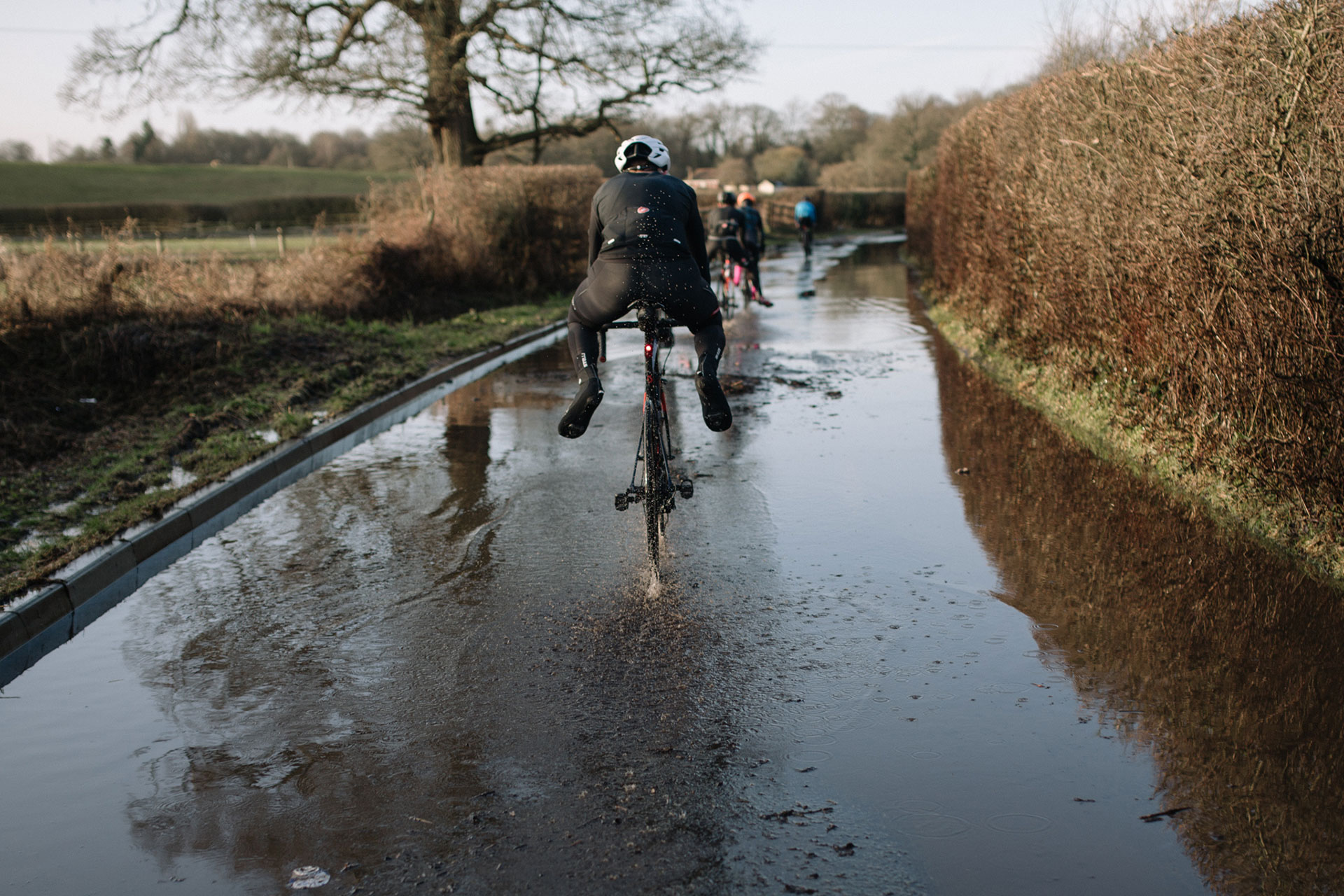

Highly ventilated and lightweight: Kask Valegro
Designed in collaboration with Team Sky and developed in the wind tunnel, the Kask Valegro is the helmet for you if you’re looking for comfort on hot days and for long gruelling climbs. 37 vents offer incredible cooling and this is a featherweight option at just 180 grams in a size small.
Aerodynamic road: Specialized S-Works Evade 3 MIPS with ANGi
Win Tunnel developed, this Specialized Evade 3 Helmet is fast. Aerodynamics don't come at the cost of ventilation though, and the 4th Dimension Cooling System keeps your temperature comfortable. Not only does the Evade 3 feature MIPS technology, it also includes the latest safety feature from the brand - ANGi - a sensor to detect potential impact and send alerts to selected contacts.
Semi-aero performance: MET Trenta 3K Carbon
The helmet of choice for Mark Cavendish and Ben Swift, and falling into the category of semi-aero, here you get a helmet that is incredibly light and well ventilated yet still reduces drag by 7% at 45km/hr compared to a traditional road helmet. With a tube-shaped tail and internal channelling, this is a helmet designed to provide its greatest benefits when riding in the bunch. In this top end carbon-caged offering, MET has been able to reduce the density of EPS foam with no negative impact on safety thanks to the carbons elastic modulus. The result is a 15 gram saving over the plastic-shelled version.
Time trial/triathlon helmet: MET Codatronca TT
The MET Codatronca has a wind tunnel tested design with a wide body and short tail, resulting in superior aerodynamics no matter your head angle or position. If triathlons are your thing, you'll appreciate the Fidlock magnetic buckle for quick fastening, and the three vents and a rear vent scoop keep fresh air flowing freely for a cooling effect.



